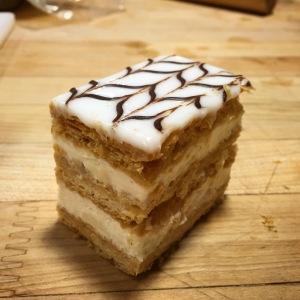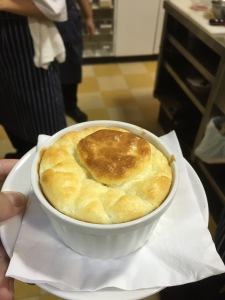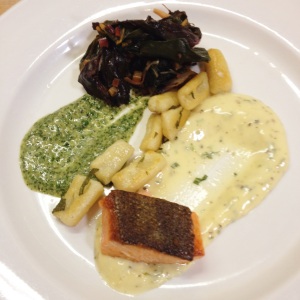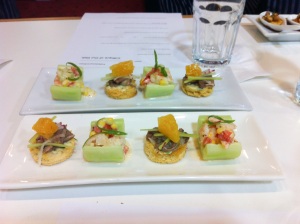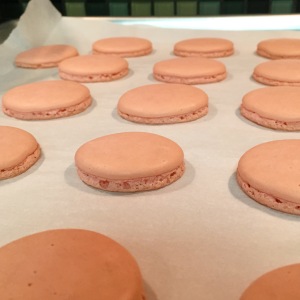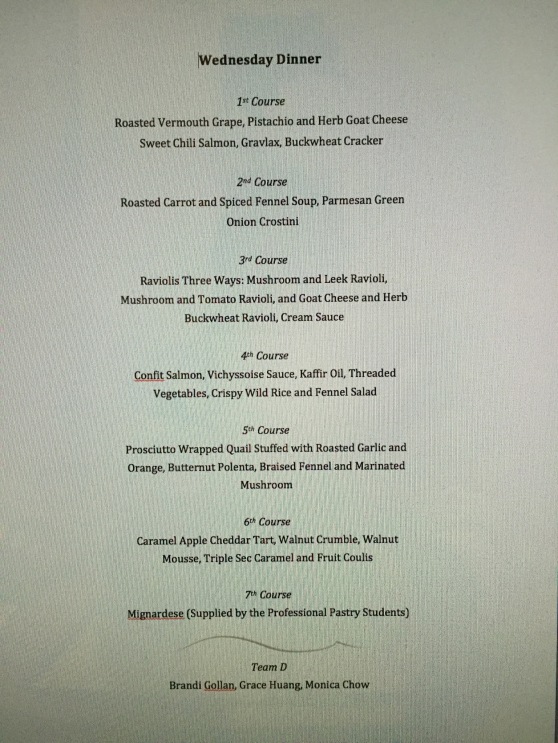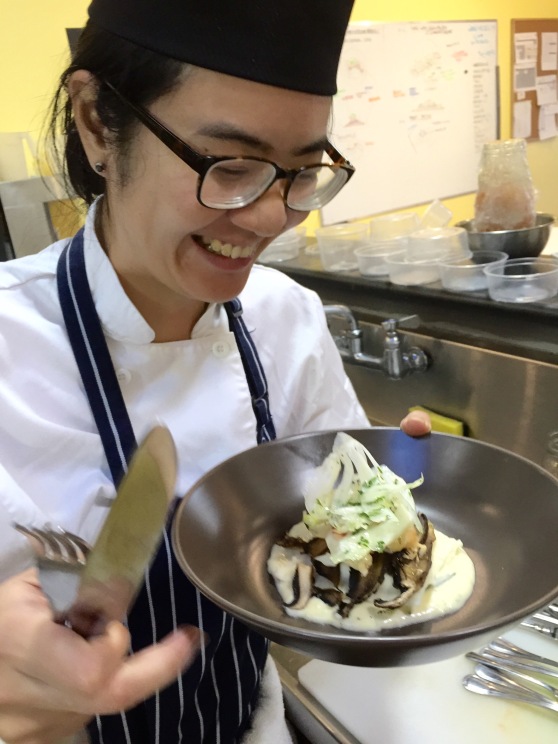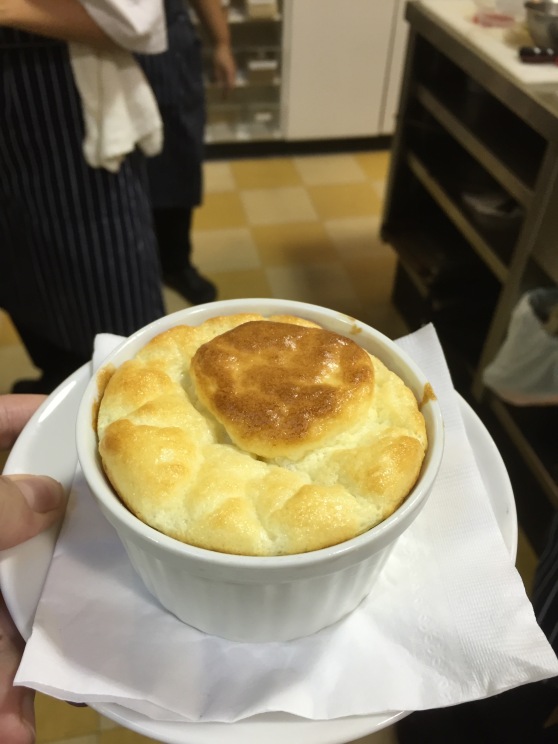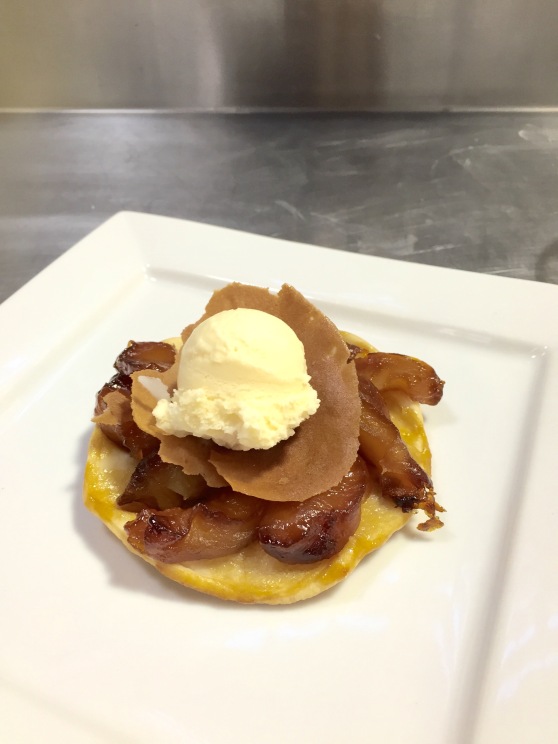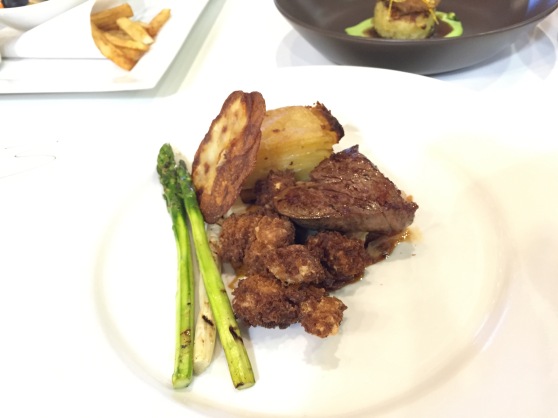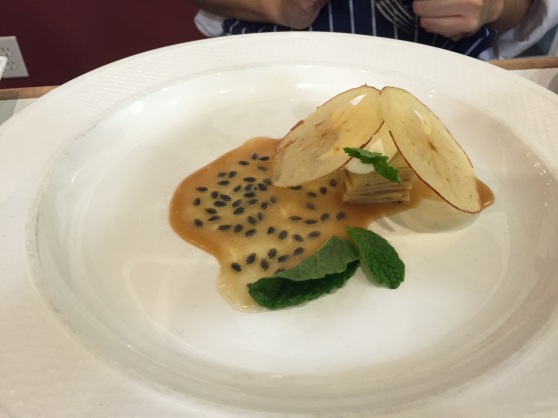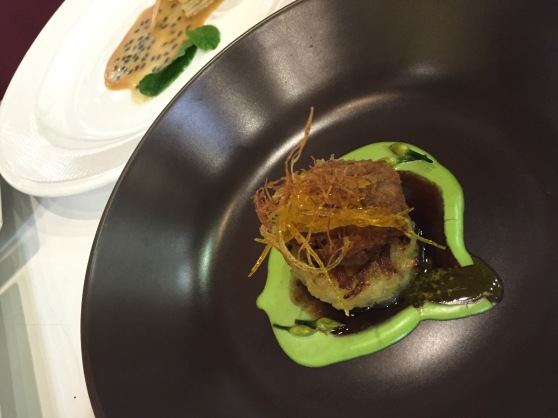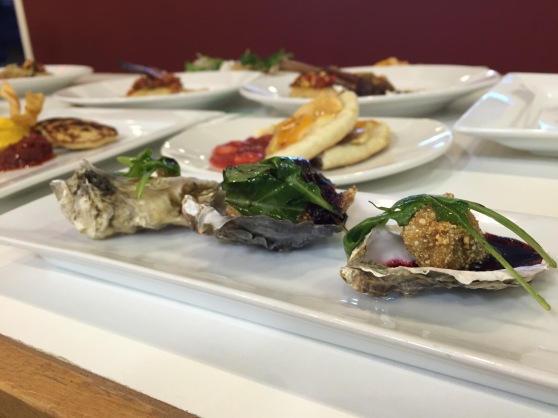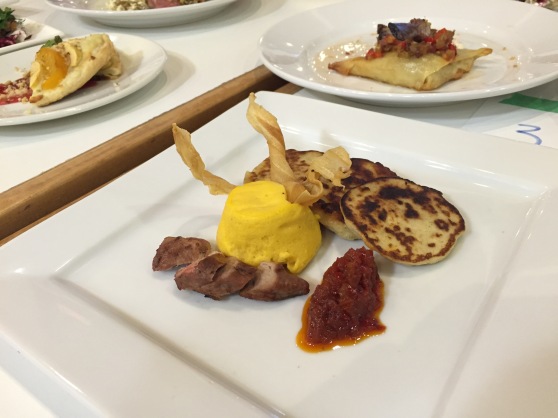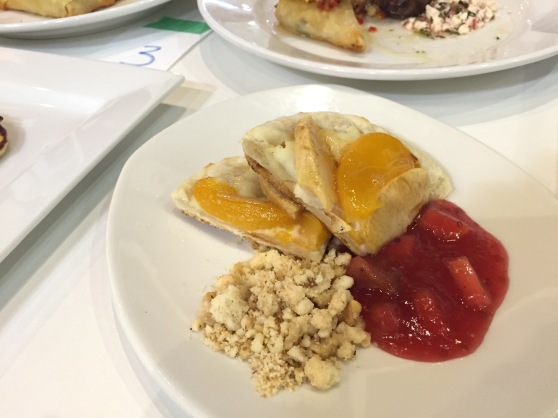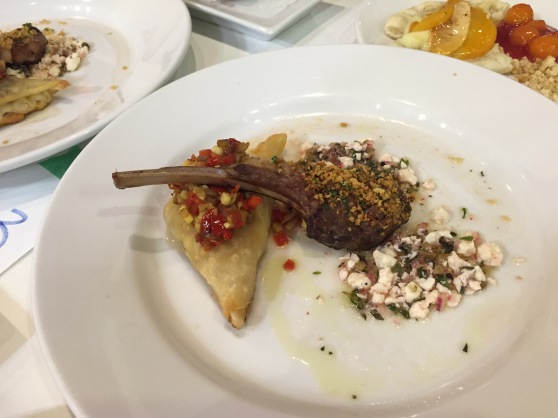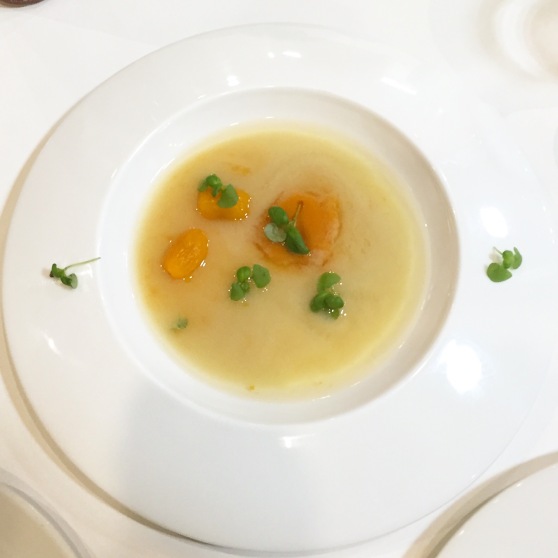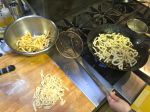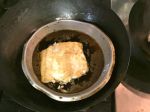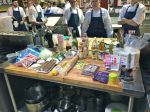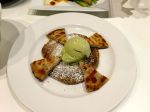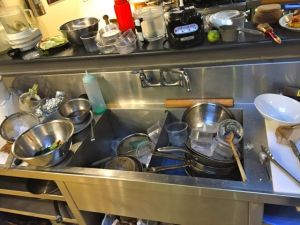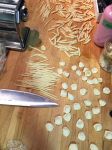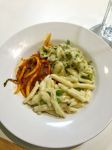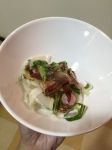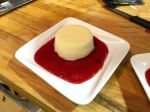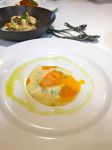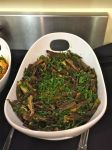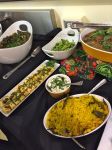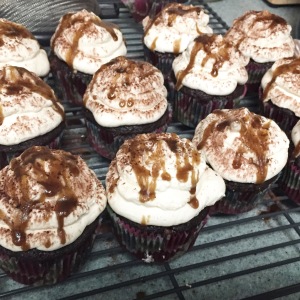(Also posted on http://students.nwcav.com)
After successfully completing the Professional Culinary program, I have moved on to the Pastry kitchen to complete the 2nd part of the full year professional program. There is nothing as comforting as folding ingredients together and baking it in an oven. An initial worry coming back to class was the size of the pastry class – it is huge with 16 students (compared to 9 students last term). Extra tables were brought in for extra stations, there are less space to move around, and having 3 sinks plus one hand wash station can cause a line up during a clean up session, but after the first week of settling in, there is appreciation in having extra people man the dishwashing station and extra hands with helping to scale recipes, the opinions and experiences from everyone is wide and varied and we have learned how not to bump into each other. 16 students works.
There is no doubt that the world of pastry will be defining for me. One of my first impactful moments from class was with our cookie menu development – learning the basic formula for a basic cookie (3 part flour + 2 part fat + 1 part sugar) and the 16 different types of cookies each of us in class came up with. Just a week before class started, I was attempting to make a chewy vegan chocolate chip cookie but instead it turned out solid as a rock. I realized the different type of flours, sugar, fat and ratio of each in the recipe plays a role in how a cookie develops.
My inspiration for the cookie menu development was the Chinese Almond Cookies that is served after a banquet dinner. The crumbliness and texture of the cookie is something I have never attempted at home before.
Here’s my recipe:
300g Cake Flour
100g Almond Flour
267g Lard (or shortening, but lard tastes better)
1/2 t Baking Powder
1/2 t Baking Soda
pinch of salt
140g Sugar
3 egg yolks
2 t Almond Extract
almond slivers to place on top of each cookie before baking
egg wash on each cookie
1. Sift together the flour, baking powder, baking soda and salt.
2. Cream together the lard and sugar, beat in the egg yolks and almond extract.
3. Mix the dry ingredients into the wet until incorporated.
4. Shape into 25g balls, flattened slightly with the back of a spoon or fork, space the balls 2″ apart, top with almond slivers and egg wash.
5. Bake in a preheated 350°F oven for about 20 minutes, rotating half way, until golden.
One thing I would change for next time is use 1 whole egg instead of just egg yolks to see if that would a less yolky tasting product, but I was pretty happy with this recipe.



 (Lemon sabayon tart with Italian meringue)
(Lemon sabayon tart with Italian meringue)